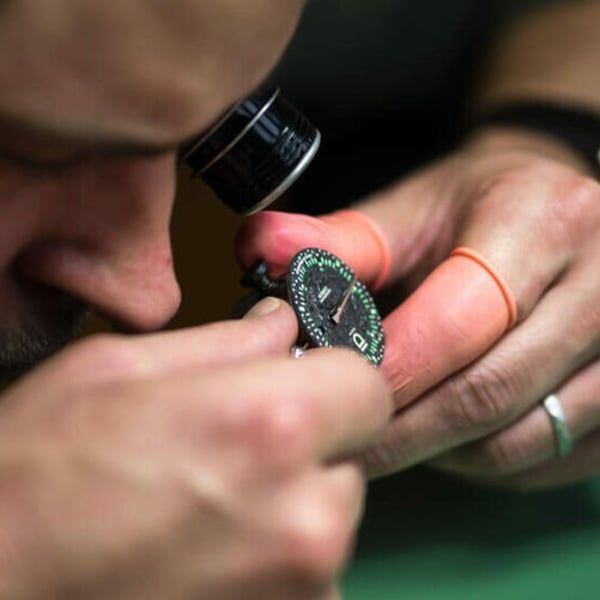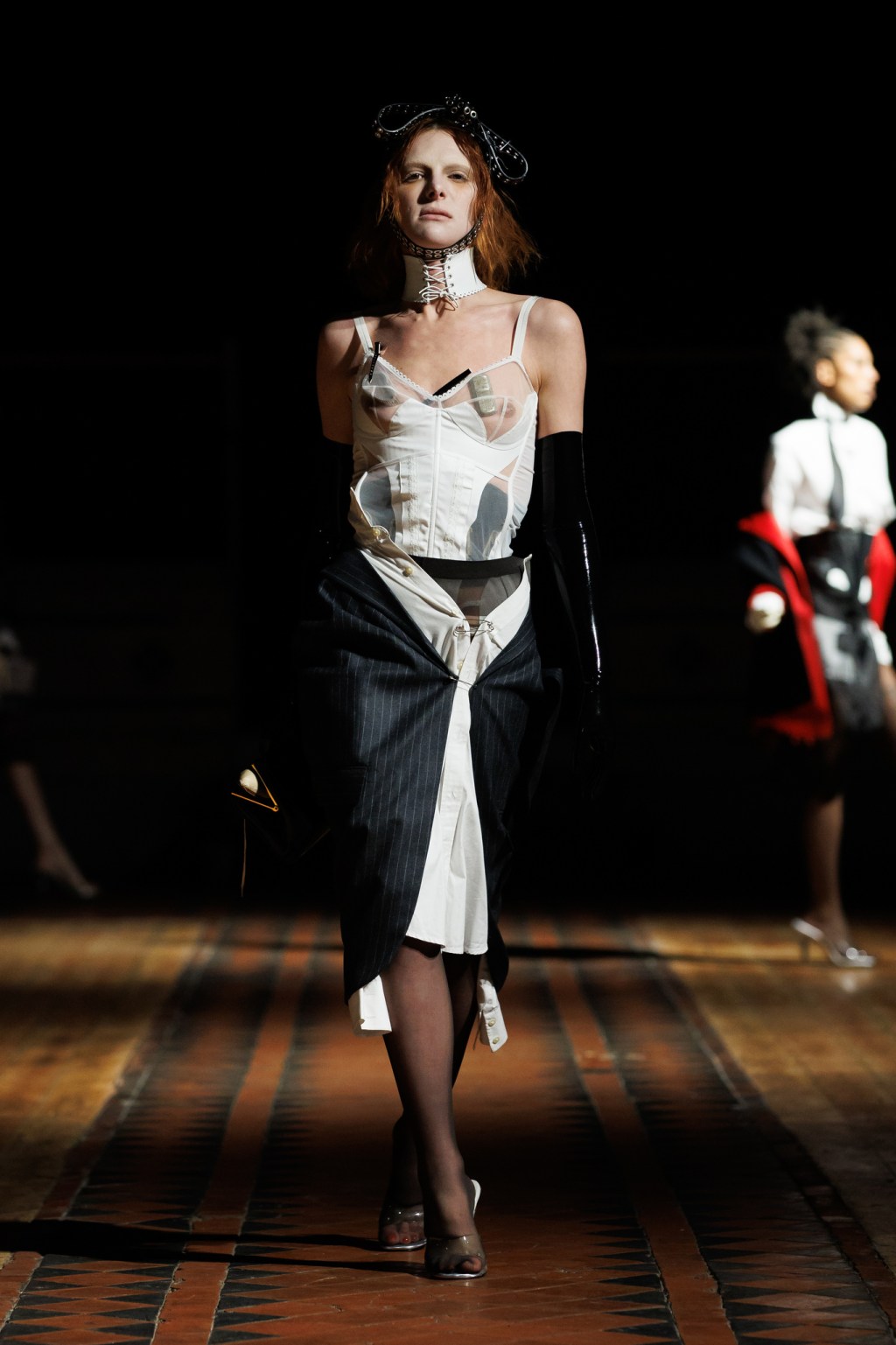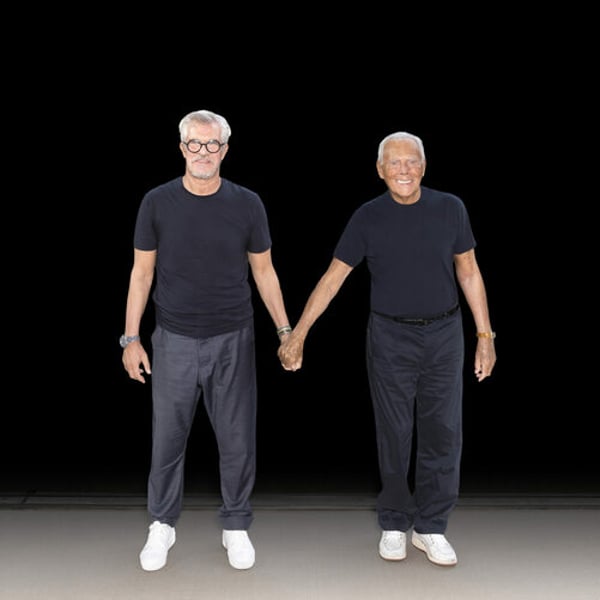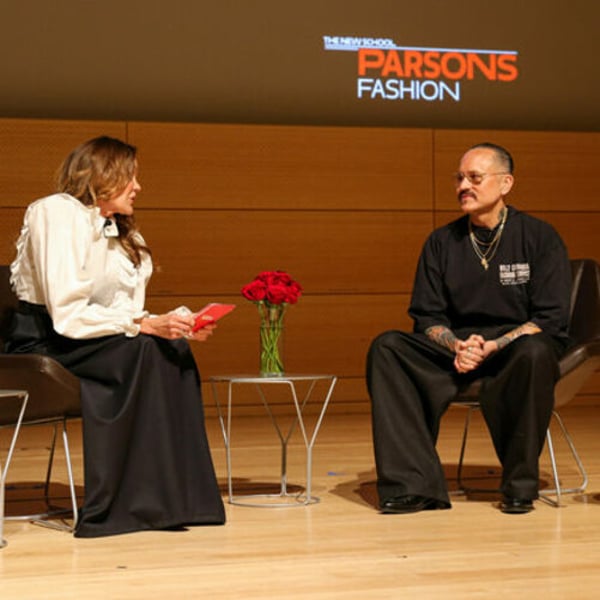By
AFP
Published
April 16, 2024
Swiss watchmakers are increasingly looking towards India thanks to a new free trade agreement that will gradually open the doors to luxury watch exports. While some brands are already on the starting blocks, others are waiting to see if India will become a new land of plenty.
“India represents enormous potential,” Yves Bugmann, president of the Federation of the Swiss Watch Industry, told AFP at Watches and Wonders, the Geneva watch fair that closed on Monday.
Despite its 1.4 billion population, India ranked 22nd in Swiss watch exports in 2023, just ahead of Switzerland's Alpine neighbor Austria.
The value of Swiss watch exports to India was just 218.8 million Swiss francs ($239.4 million), far behind leaders the United States (4.2 billion Swiss francs), mainland China (2.8 billion francs) and Hong Kong (2.4 billion francs).
High taxes have long discouraged watch brands, especially the more expensive ones. Although the calculation is complex, it includes customs duties of around 20 percent for watches, a goods and services tax of 18 percent, plus an additional surcharge.
New Eldorado?
But last month, after 16 years of negotiations, the European Free Trade Association (EFTA) – Switzerland, Norway, Iceland and Liechtenstein – signed a free trade agreement that will reduce customs tariffs “progressively over a period of seven years.” Bugmann said. explained.
“It is an extremely interesting market, but will this be the new El Dorado of the watch industry? We don't know yet,” he admitted.
In a study published in mid-October, the auditing company Deloitte estimated that exports of Swiss watches to India could exceed 400 million francs in 2028. And within a decade it could be among the top 10 export markets thanks to their very high assets. , as well as its growing middle class.
With the EFTA agreement, “we feel that things are starting to move,” Karine Szegedi, author of the report, told AFP at the Geneva show.
“It's been seven years now,” says Edouard Meylan, general director of H. Moser, a small brand in full expansion, where the average price of watches is around 40,000 francs. “We feel a tremendous appetite” and “you have to be the first to establish yourself,” he said.
It has already partnered with a local distributor and hopes to open a store in New Delhi this year, “ahead of Diwali,” the Hindu festival of lights, which will be celebrated this year from late October to early November.
Belief in the market
Thierry Stern, president of Patek Philippe, stated that India would be increasingly on the radar, but that “it would be of particular interest to brands that produce in large quantities,” he told AFP.
Patek Philippe produces 72,000 watches a year, a small number for a renowned brand that therefore has long waiting lists and sees its watches sell for millions of dollars at auction.
“I don't have enough (watches) anymore,” Stern said, so “today it would be almost impossible for Patek Philippe to open in India.”
“However, Patek Philippe's clientele travels a lot,” he added, and many Indian customers already come to Geneva or London to make purchases.
Geneva brand Raymond Weil, which has already been operating in India for several years, welcomed the EFTA agreement, which it said would facilitate its business.
“My grandfather especially liked this market,” says Elie Bernheim, who represents the third generation at the head of the family business.
His grandfather began increasing the brand's presence in India starting in the 1980s, meaning it has built a “good reputation” over time.
The country now represents five percent of the company's turnover.
“I really believe in this market,” said Bernheim, who presented a 3,500-franc watch at the Geneva show, the main annual event for Swiss watchmaking.
With its head start, the brand is not afraid to see the arrival of new competitors, especially considering the potential size of the market. By Nathalie OLOF-ORS
Copyright © 2024 AFP. All rights reserved. All information displayed in this section (submissions, photographs, logos) are protected by intellectual property rights owned by Agence France-Presse. Accordingly, you may not copy, reproduce, modify, transmit, publish, display or commercially exploit in any way the content of this section without the prior written consent of Agence France-Presses.












